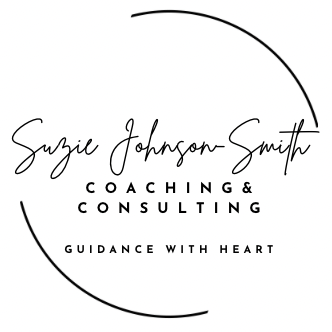There are a number of factors that set the Bridges Model apart from other approaches including how we define poverty, how we engage and learn from people, how we recognize the impacts of income disparity, the methods we use to bring people together – and in providing a common language and understanding for everyone. The following table breaks down the differences and the important details:
The Difference | The Details |
|---|---|
We define poverty as “the extent to which an individual does without resources.” | This gives us a common language about poverty – the goal being to build essential resources for long term stability so that we have a solid foundation. This makes our education, training, housing, and employment outcomes far more sustainable. |
We engage and learn from people in poverty in a shoulder-to-shoulder coaching relationship. | People with lived experience have insight, goals, and dreams for themselves. Without this insight, planners (who are usually from the middle class) use their own belief of what poverty is in the community and typically make plans for the individuals. Our outcomes suffer as a result when the individual is not the one doing the “change talking” and “planning” for themselves. |
We recognize the impact that income and wealth disparity have on individuals and communities. | Individuals and communities suffer when people live in unstable environments. The individual loses a job because of the lack of resources; the business owner has higher turnover costs, the community neighborhoods decline. The Bridges model is far more than just band aid solutions. |
We use the hidden rules of class to bring people together across class lines to solve community problems. | We raise class issues to help people create relationships of mutual respect across class lines, as a way of solving problems. This supports a mutual respect for one another’s life challenges. With relationships, trust and understanding, we can make community changes. |
We provide a common language and understanding for all: individuals living in unstable environments, employers, service providers and decision makers. | While Getting Ahead is a class for people experiencing poverty; the Bridges workshops provide a similar curriculum and understanding for the resourced service providers, employers, and decision makers. This gives us the opportunity to work alongside of individuals and families using collective understanding, language, case planning and strategies, balancing out the power and supporting individuals to reach their preferred future in a holistic person-centered approach. |
For more information about the Bridges Out of Poverty model or to inquire about available workshops, please get in touch.
